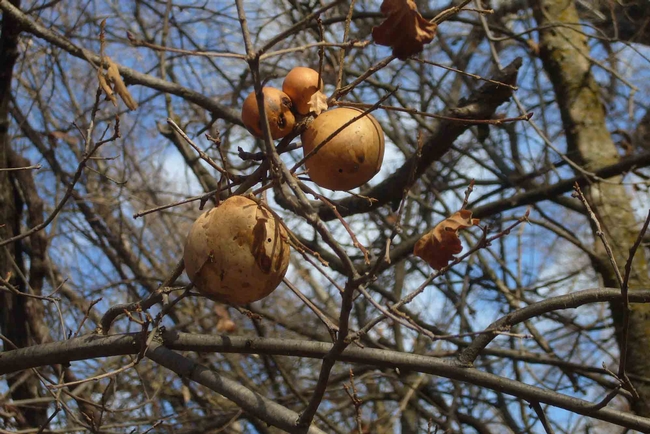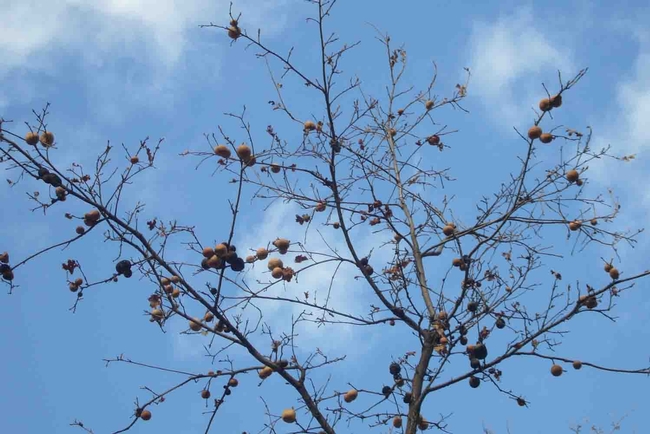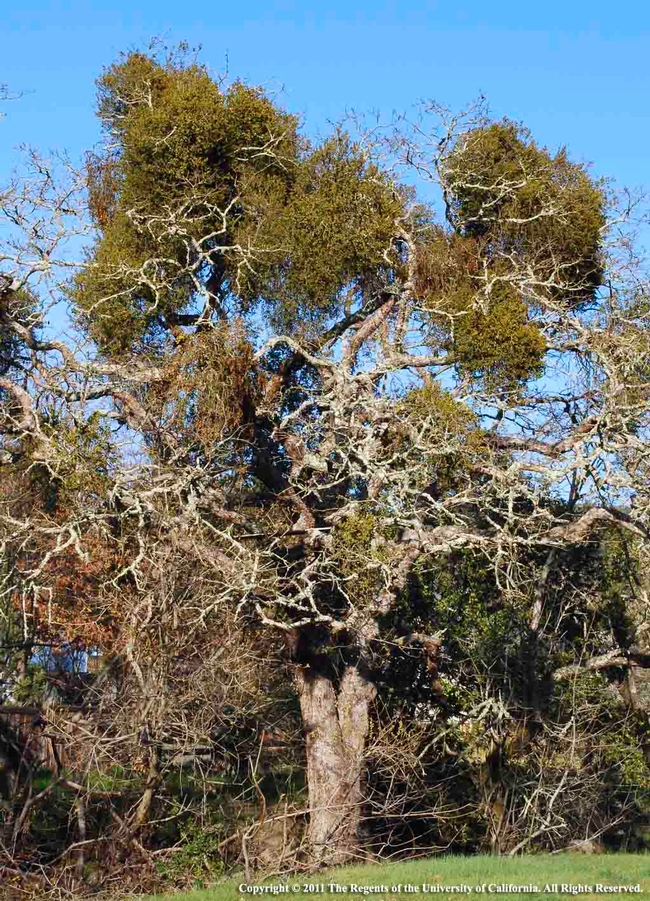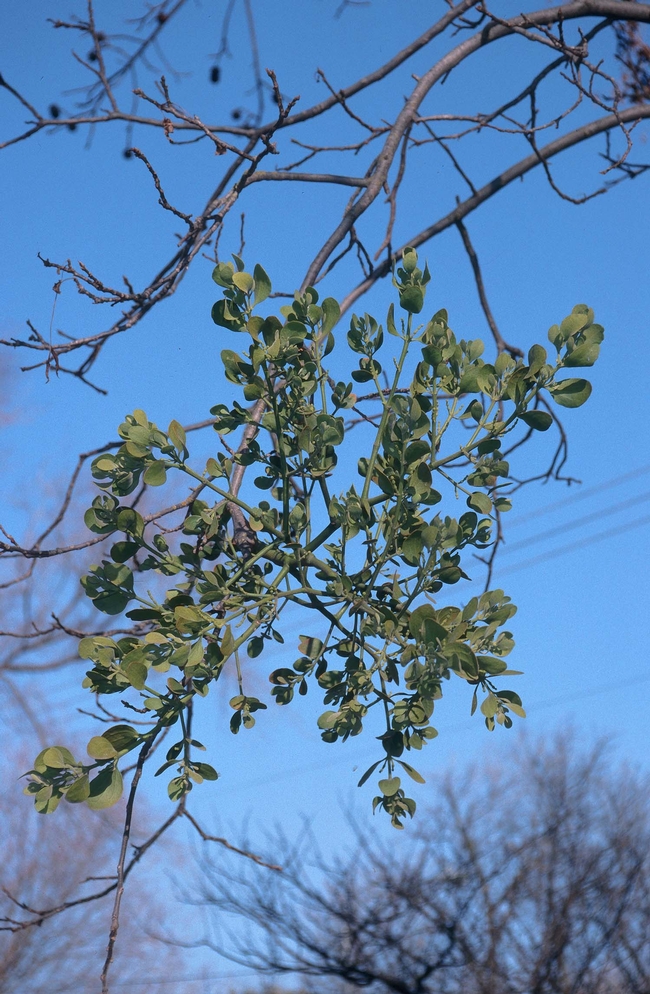When you look up into the bare branches of some oak trees at this time of year, you can see ball-shaped growths hanging there, looking almost like nature's Christmas ornaments. These are galls.

Each gall-making insect forms a gall of a particular size, shape and color; no species forms their galls quite like any other. While commonly-observed oak galls are spherical and woody, some oak leaf galls are horn-shaped, star-shaped, or form tiny jumping galls.


Right now, oak galls can be seen in great numbers on some younger trees and less frequently on healthy mature oaks. Other younger oaks directly adjacent to a heavily–infested one will have practically no galls. This is the result of differing genetic susceptibility to gall wasps among a seedling oak population. Chico's Bidwell Park is a perfect place to see oaks bearing many galls.
There are other insects that invade or inhabit galls during or after the residency of the initial gall maker. Some are parasites of gall larvae; others are insects that live harmlessly within the gall (these secondary inhabitants are called inquilines). Birds feed on the growing larvae inside the gall. And galls can be attacked by Phoma gallorum fungi, resulting in dark brown or black galls.
In the summer, an unusual gall to watch for develops on the leaves of mature valley oak trees. This is the tiny gall produced by the jumping oak gall wasp Neuropterus saltatonus. The wasp lays its eggs on the undersides of the oak leaves, leaving discolored spots on the upper sides of the leaves. Galls as small as the head of a pin and resembling mustard seeds develop. Eventually these tiny galls drop from the leaves. Each gall contains a tiny active wasp larva inside. Once on the ground they can be seen moving rapidly and hopping an inch or more high, quite an astonishing sight!

Another invading parasite that can be seen in the bare branches of trees at this time of year is Mistletoe (family Viscaceae). The sticky mistletoe seed is spread by birds and originally germinates and develops independently of its host. However, as it matures it forms a root-like organ called a haustorium that penetrates the host tree's tissue, enabling it to rob water and nutrients from the host. Green mistletoe leaves photosynthesize, producing the plant's own food. American mistletoes are shrubby stemmed, with smooth-edged oval evergreen leaves borne in pairs along the stems. Mistletoe's decorative white waxy berries, formed in clusters of two and six, are poisonous and contain the sticky seeds that are transported from branch to branch and tree to tree, spreading the mistletoe.
American mistletoe species are native to California and can be found up to 8500 feet in elevation. European mistletoe has been introduced to California and is often seen in Christmas decorations and wreaths.
UC Master Gardeners of Butte County are part of the University of California Cooperative Extension (UCCE) system. To learn more about us and our upcoming events, and for help with gardening in our area, visit our website. If you have a gardening question or problem, email the Hotline at mgbutte@ucanr.edu (preferred) or call (530) 538-7201.